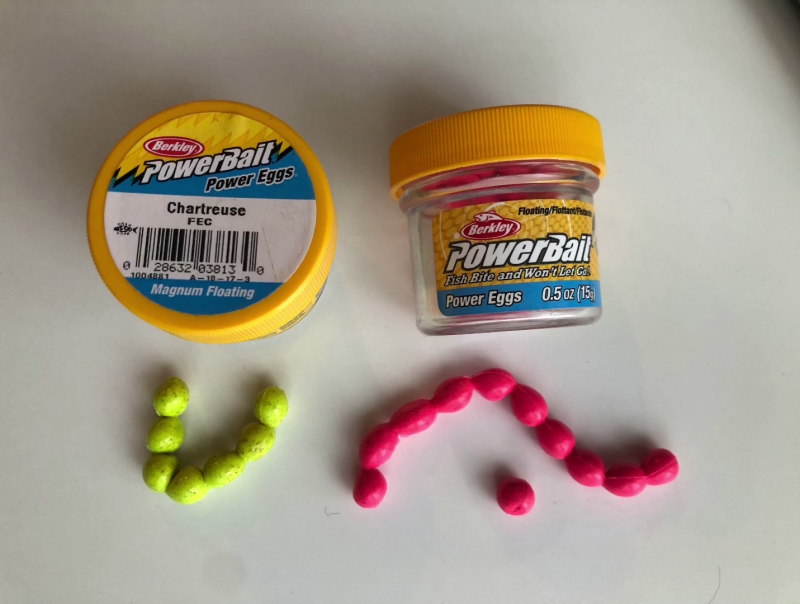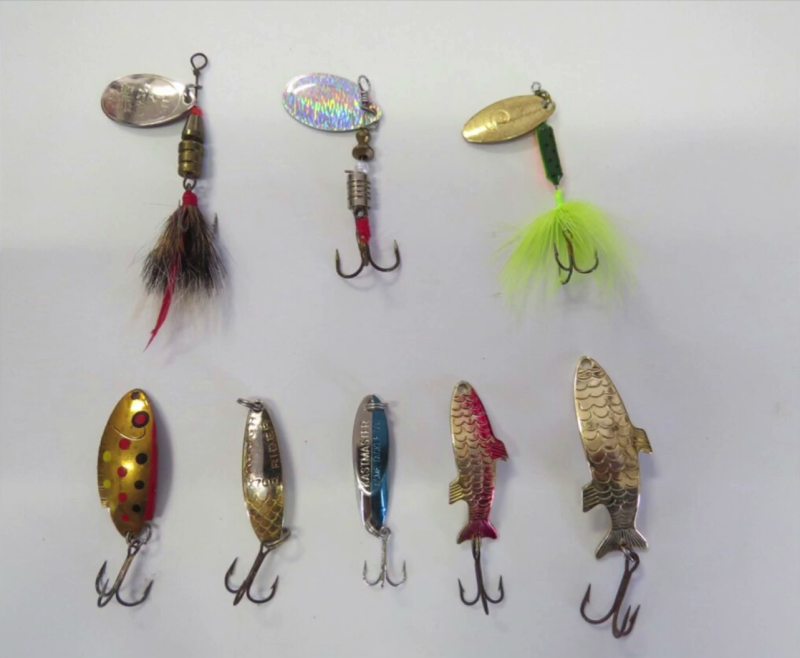Trout Parks
Please note that this page has been updated to support the changes to the sportfish regulations for the inland district, which are effective January 1, 2026. Questions about these or prior versions may be directed to deep.inland.fisheries@ct.gov.
 The following water bodies in Connecticut have been designated as Trout Parks.
The following water bodies in Connecticut have been designated as Trout Parks.
- Allen Pond in Wharton Brook State Park, Wallingford/North Haven;
- Black Rock Pond and Branch Brook, Watertown within Black Rock State Park;
- Schreeder Pond and Chatfield Hollow Brook, Killingworth within Chatfield Hollow State Park;
- Day Pond, Colchester
- Kettletown Brook, Southbury within Kettletown Brook State Park;
- Kent Falls State Park, Kent
- Macedonia Brook, Kent within Macedonia Brook State Park;
- Mashamoquet Brook, Pomfret within Mashamoquet Brook State Park;
- McGovern Park Pond (Spice Bush Swamp), West Hartford
- Pasture Pond, Plainfield (Quinebaug Hatchery)
- Papermill Pond and Eightmile River, Oxford/Southbury within Southford Falls State Park
- Spaulding Pond (Mohegan Park Pond), Norwich
- Stratton Brook Pond, Simsbury within Stratton Brook State Park. Note: The regulations for Stratton Brook above and below the pond have changed to Wild Trout Management Area - Class 1.
- Valley Falls Pond, Vernon
- Wolfe Park, Monroe
- Natchaug River, Eastford
Trout are grown in our CT Fish Hatcheries, and once they reach adult size, are “stocked” or released into lakes, ponds, rivers, and streams all over the State. In our CT Fish Hatcheries, we raise and stock four species of trout – Rainbow, Brook, Brown, and Tiger (a hybrid of Brook and Brown Trout). You can find where and when we stock trout using our Interactive Trout Map and our Current Trout Stocking Reports.
What Is a Trout Park: Trout Parks are designed to enhance trout fishing opportunities and success for young and novice anglers, as well as for those with mobility challenges. Located within State Parks and Municipal Parks, they have creature comforts, like restroom facilities and picnic areas, and are easily accessible with open shoreline for casting. Trout Parks receive frequent stockings (every 10 days or so) during the spring and again in the fall once water temperatures cool. The heavy fish stockings increase your chances of catching a fish, making it a more attractive "fishing hole", particularly to children and families! Learn more about Trout Parks in this article in CT Wildlife Magazine.
Trout Park Regulations: Although the Trout Parks will have more fish in them, their daily creel limit (the number of trout an angler can keep) has been reduced from five to two fish per day in order to spread the catch among a greater number of anglers. A Trout and Salmon Stamp is required to fish in a Trout Park. For more information, please see our Trout and Salmon Stamp FAQ and Brochure.
Fishing Tips for Trout Parks:
- Trout are wary fish so keep your fishing line between 4 lb test and 8 lb test (nothing heavier) and hook size should be small (size 6, 8, or 10) when using bait.

- Worms, meal worms, and live shiners make excellent live bait for trout. These baits can be fished 2 ft. under a bobber OR rigged for bottom fishing (no bobber) by placing 1 or 2 split shots 18” above the hook.
- PowerBait is an artificial scented bait that is irresistible to stocked trout. PowerBait comes in egg, nugget, or dough form and floats, so should be fished on the bottom with no bobber. Place a few split shots (fishing weights) 18” or so above your hook, cast out, and let sit on bottom until a trout finds it.

- There is an endless variety of artificial lures that can all be very effective for catching trout. Ask your local bait and tackle shot what lures they suggest for trout. What is important is to keep trout lures small, no larger than 2 inches for Trout Parks. Lures should be casted and immediately reeled in.
- You can learn more about Trout Parks and fishing for trout by watching our CT Trout Park Tutorial.
CT Trout Park Tutorial
Caring for the Trout You Catch: Trout are a delicious and healthy food, and make a fine dinner that you can be proud to have caught yourself! Trout are very versatile and can be prepared a variety of ways. But first, take care of your catch by keeping the fish on a stringer in the water while fishing or, better yet, put directly on ice in a cooler. You could fillet the trout, or simply remove the internal organs and cook whole. If you plan to release the trout you catch, be sure to keep the trout in the water as much as possible and pinch the barbs on your hook to make removal easier. View some Tips for Better Catch and Release.
Simple Trout Recipe
Please contact the Fisheries Division with any questions.
Phone: 860-424-FISH (3474)
E-mail: deep.inland.fisheries@ct.gov
Content last updated December 2025




